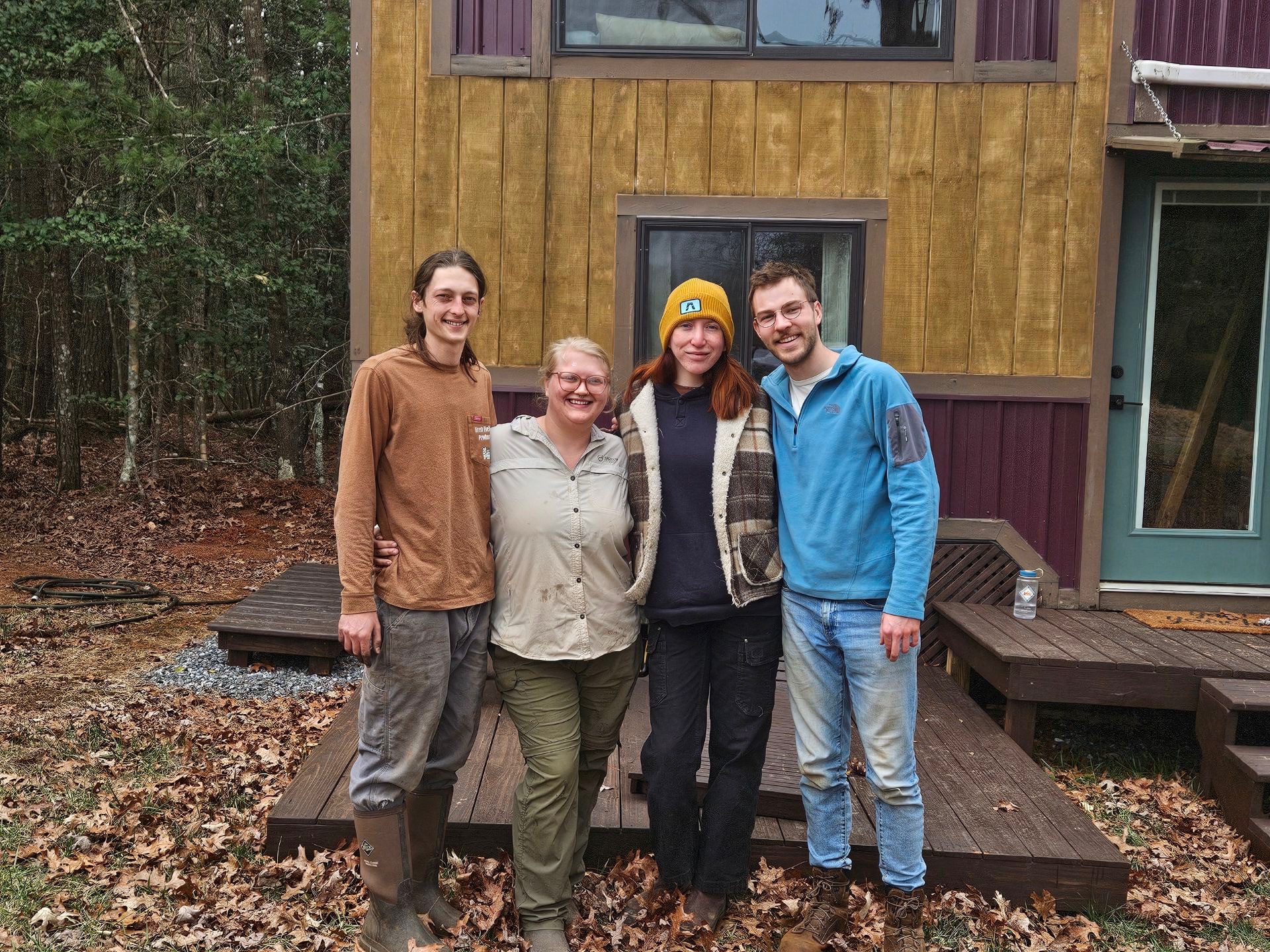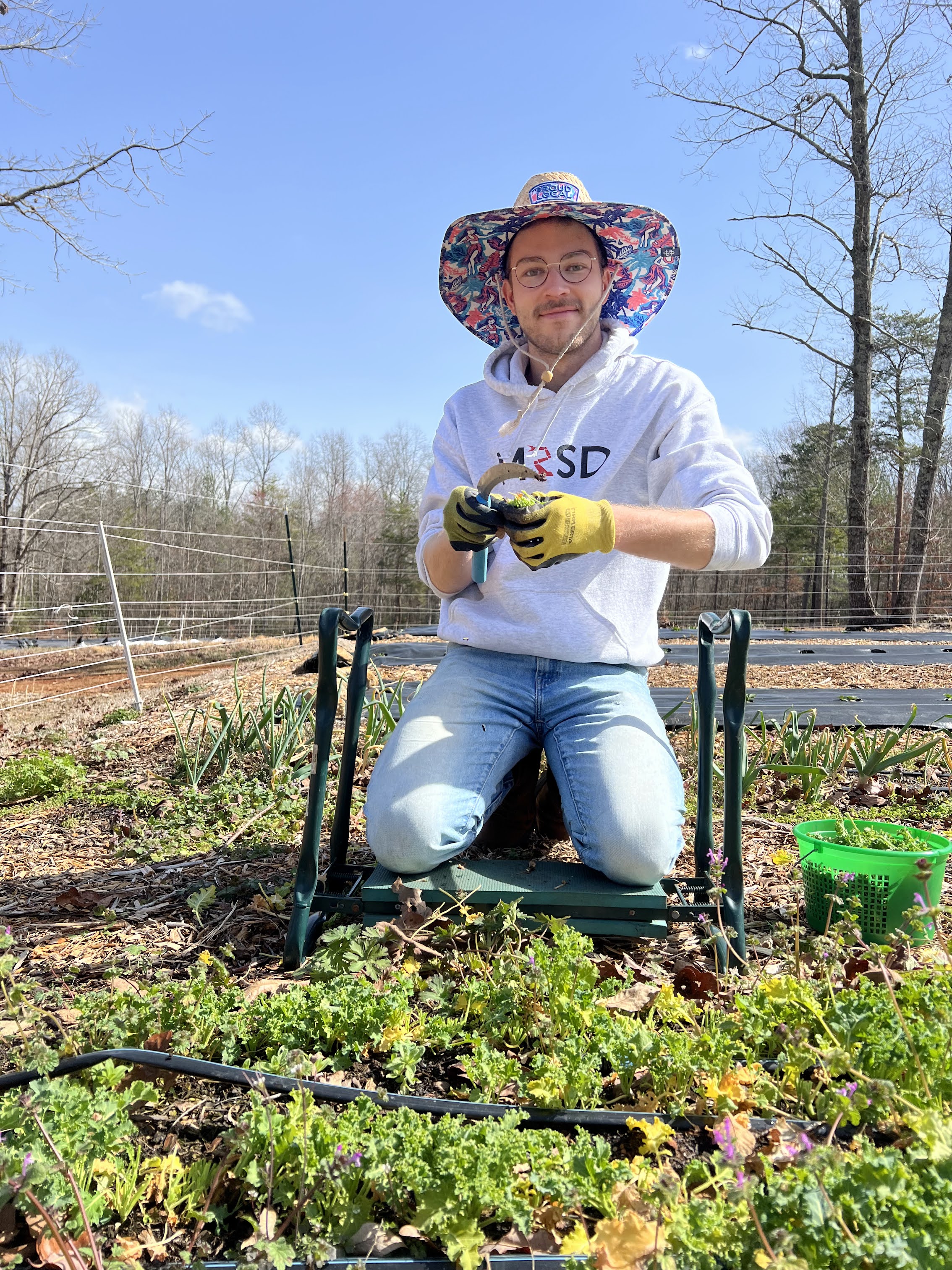Learning about farms firsthand
Mar 13, 2025
There’s something deeply satisfying about farming. A sugarcane farmer in Louisiana once told me that without farmers, we’d all be “hungry, naked, and sober.”
Automation also brings its own kind of satisfaction. It allows us to give tedious or strenuous tasks to robots, freeing up human effort for more meaningful work.
In fact, I think farming and automation go togther like tomato and basil. No matter how idyllic farming can seem, the truth is that there’s still a lot of work involved. By maintaining good dialogues with farmers, roboticists like me can target the tasks that farmers don’t find rewarding, taking some of the stress out of their lives while keeping farming fun and rewarding.
The truth is that the agriculture industry is stressed to its limits. Farming is one of the most labor-intensive industries, and it’s been plagued by labor shortages for a long time. Sustainable small-scale farms are particularly affected by these challenges, at a time when we need these climate-forward practices more than ever.
While I’ve read extensively about these issues, I wanted to experience them firsthand. I also wanted to hear directly from farmers and try my hand at farming, even if only for a week. This curiosity led me to join WWOOF, a global network of organic farms that host volunteers and teach them about sustainable farming.
Through WWOOF, my girlfriend and I visited Tenacious Agrarians Farm in North Carolina. Our hosts, dedicated to building a strong community and a sustainable farm, taught us a lot in just one week. We learned about seeding, propagation, planting, harvesting, washing, broadforking, CSAs, and many other aspects of farming.
I’m not claiming to be an expert in farming, but this experience was a valuable first step. It made me realize how much more there is to learn. If you’re curious about our food system, I highly recommend trying WWOOFing.
The experience also gave me insight into where farmers might want automation. At Tenacious Agrarians Farm, the farmers combined traditional methods with modern technology. They used advanced farm planning software to digitally map and plan everything, yet chose to aerate their rows manually with giant pitchforks. By the end of the week, I understood why: Physical labor can be deeply satisfying. Not every bit of manual labor should be taken away from us, definitely not if we enjoy it.
Regarding pain points, our hosts mentioned that monitoring software and hardware, even simple wireless thermometers, were costly and difficult to set up. They were also interested in robots that could survey their fields and alert them to diseases or pests they might otherwise miss.
I want to support farmers in their work and help them embrace sustainable agriculture. Robotics feels like a natural way to achieve this. My one-week farm visit helped me understand how robots can assist on sustainable farms.

